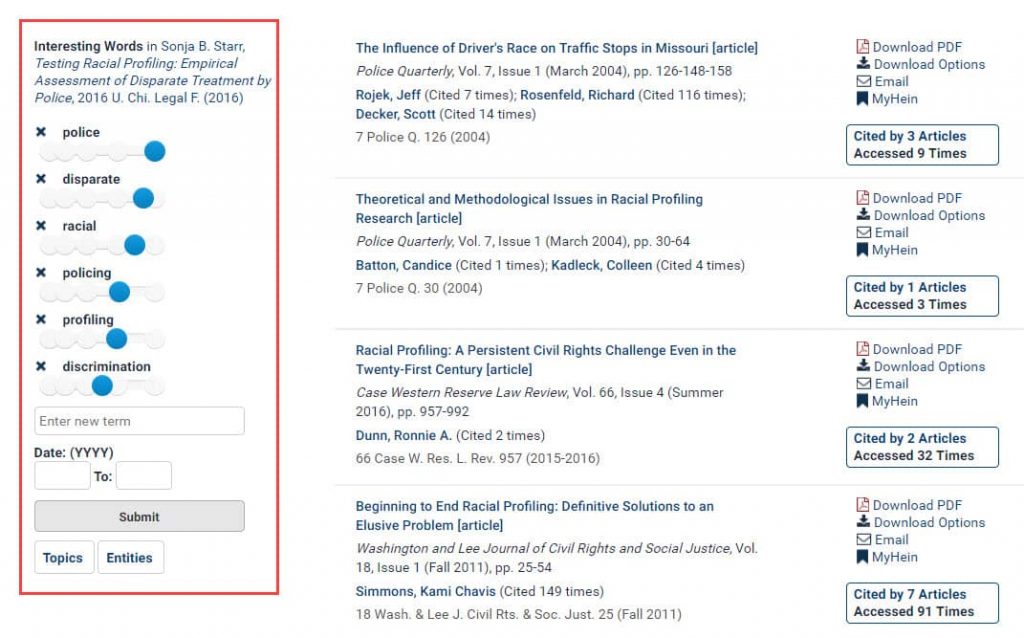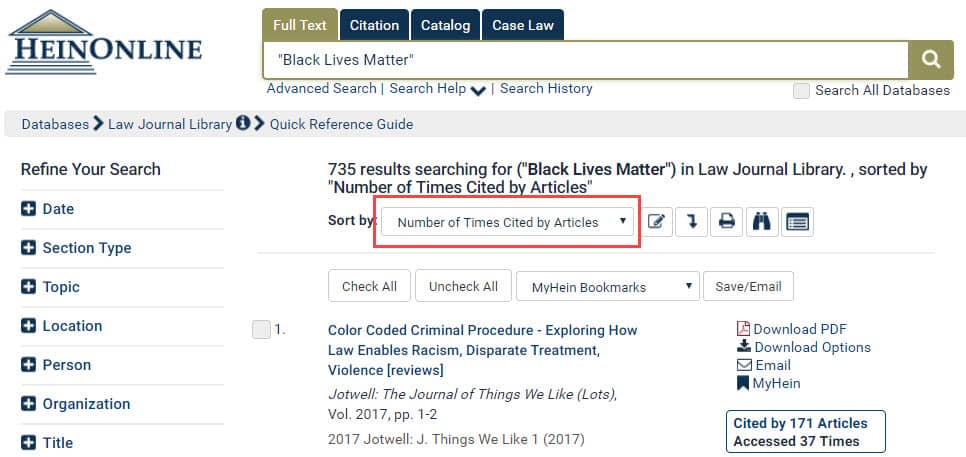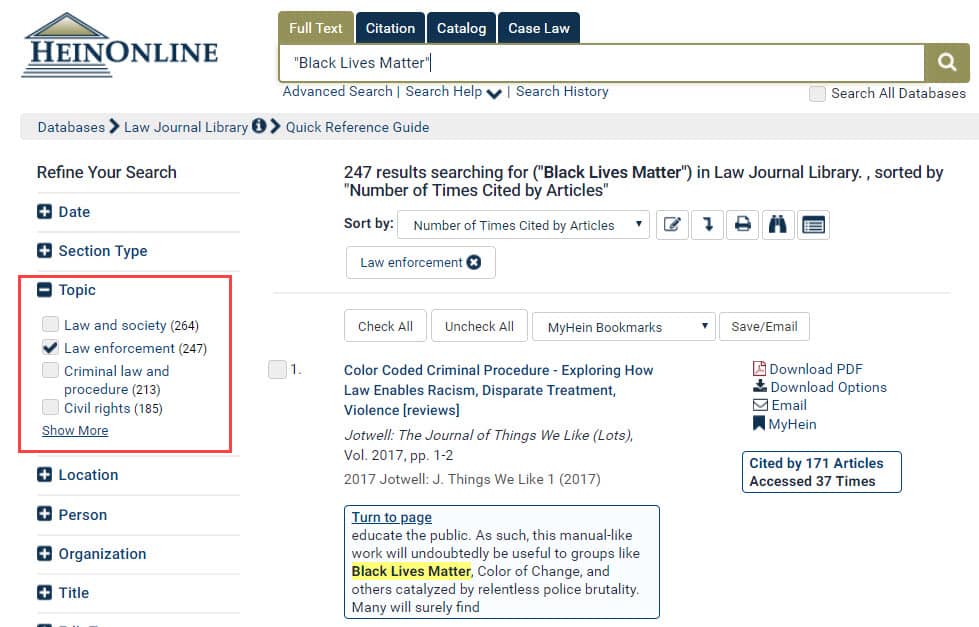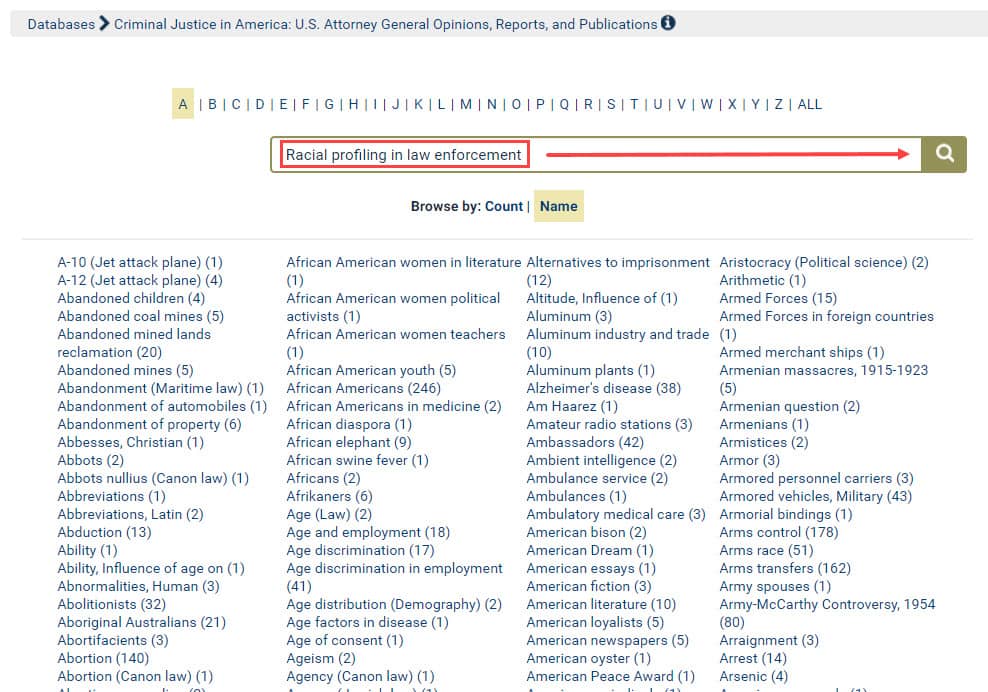A study published in February by the American Journal of Public Health was conducted to update previous examinations of racial/ethnic disparities in the use of lethal force by law enforcement in the United States. According to the study, black men are nearly three times as likely to be killed by legal intervention than white men. Additionally, American Indians or Alaska Natives are also nearly three times as likely and Hispanic men are nearly twice as likely to be killed. View the full report here.
Study Results
James Buehler, a clinical professor of health management and policy at Drexel University in Philadelphia authored the study and states that it shows racial disparity. According to Buehler, the disparity can be found in the death certificates, which includes county-level death certificates. During the time period of 2010 to 2014, data from the Centers for Disaster Control and Prevention’s Wide-Ranging Online Data for Epidemiological Research database showed 2,285 legal intervention deaths.
Although the data did not provide the circumstances surrounding the deaths, Buehler was able to see how many deaths involved black, Hispanic, and white males, 10 years or older. White men accounted for more deaths because they were of a larger population; however, black and Hispanic men were 2.8 and 1.7 times more likely to be killed by police use of force than white men. Alaska Natives only accounted for fewer than 2% of the legal interventions but had a similar rate to those of African Americans.
This study contradicts a working paper published by the National Bureau of Economic Research which found no racial differences in the use of lethal force by police during high-risk situations. Buehler states that he was motivated to release his studies after reading this paper. He also states that he measured death rates per total population size, whereas the working paper examined rates of the use of lethal force per number of high-risk encounters. Additionally, Buehler’s study was conducted nationwide, whereas the working paper examined only one city, Houston, Texas.
The Black Lives Matter Movement
In 2013, the movement Black Lives Matter began on social media following the acquittal of George Zimmerman who shot and killed an African-American teen named Travyon Martin. Martin was walking back to his father’s fiancée’s house after stopping at a local convenient store. A member of the community, which had suffered several robberies that year, saw Martin and called the police. After an altercation between Zimmerman and the teen, Martin was fatally shot. Zimmerman claimed self-defense and was acquitted due to lack of evidence. Since this altercation, similar incidents have made news headlines such as:
- July 17, 2014: In Staten Island, New York, Eric Garner, an unarmed African-American male died after officer Daniel Pantaleo put him into a department-banned chokehold during an arrest for allegedly selling cigarettes illegally. Garner was restrained by several officers and was seen on a recorded cell phone video stating, “I can’t breathe.”
- August 9, 2014: In Ferguson, Missouri an unarmed 18-year-old African-American male, Michael Brown, was shot and killed by a police officer. Some witnesses said that officer Darren Wilson shot Brown while his hands were in the air. The police officer stated that Brown was wrestling with him while he was still in his police car. He fired a shot and Brown began to run, so he fired more. A grand jury did not indict Wilson and he later resigned.
- April 21, 2015: In Baltimore, Maryland, police arrested 25-year-old Freddie Gray. The African-American male was well known to the police for his previous arrests and jail time. Gray was arrested after he was found with a knife in his pocket. He was seen being dragged into a prisoner van. After arriving at the police station, he was transferred to a trauma clinic with a severe spinal injury, where he fell into a coma and later died. All six police officers were indicted. In one trial, the judge declared a mistrial. Two other officers were found not guilty and the prosecution dropped charges on the remaining officers.
- July 6, 2016: In Falcon Heights, Minnesota, police officer Jeronimo Yanez shot and kills Philando Castile during a traffic stop. During the traffic stop, Castile told the officer that he was armed and that he was reaching for his wallet. Yanez believed he was reaching for his gun and shot him. Yanez’s girlfriend and 4-year old daughter were also in the car during the shooting. Yanez was charged with second-degree murder and later found not guilty. The city offered Yanez a voluntary separation agreement.
- September 16, 2016: In Tulsa, Oklahoma Officer Betty Shelby fatally shot Terence Crutcher, a 40-year old unarmed black man after his car was found abandoned in the middle of the road. Shelby claims that Crutcher was acting strange and she thought he was reaching for a weapon when she fired. She was charged with felony first-degree murder and was later acquitted. Although she resigned from the police department, she later joined the sheriff’s office as a reserve deputy.
Research This Topic in HeinOnline
Let’s begin researching this topic in the Law Journal Library. Using the Full Text tab, enter “racial disparity police”~15 and click the search button.

Refine the results by looking at articles from the past five years. Enter 2013-2018 in the Date facet.

Refined results include relevant articles such as:
- Race and the Fourth Amendment: Why the Reasonable Person Analysis Should Include Race as a Factor
- Differential Social Distance and Confidence in the Police
- Critical Race Theory and Criminal Justice
- Expanding Public Safety in the Era of Black Lives Matter
Let’s also take a closer look at the article Testing Racial Profiling: Empirical Assessment of Disparate Treatment by Police. This article addresses the exact topic we are researching. To find similar articles, click on the More Like This button.

The More Like This button provides users with similar articles based on “interesting words” found within the original article. Review the list of similar articles and adjust the boost factor on the interesting words as determined by the More Like This algorithm, or enter new terms to change the scope of the results.

To further our research, let’s run a search for the phrase, “Black Lives Matter” using the Full Text tab within the Law Journal Library.

Sort the results by choosing Number of Times Cited by Articles.

Next, choose Law Enforcement from the Topic facet.

Articles related to the research topic include:
- Police Racial Violence: Lessons from Social Psychology
- Blue-on-Black Violence: A Provisional Model of Some of the Causes
- Reducing Racially Disparate Policing Outcomes: Is Implicit Bias Training the Answer?
- Using Data to Reduce Police Violence
- From Stopping Black People to Killing Black People: The Fourth Amendment Pathways to Police Violence
Now let’s use the Subjects tool found below the Catalog tab in HeinOnline. Users can browse thousands of catalog subjects which are coded at the title level. Use the search bar to locate a subject. For this example, look for Racial profiling in law enforcement.

Results include titles found in various databases such as:
- Racial Profiling: Legal and Constitutional Issues
- A Resource Guide on Racial Profiling Data Collection Systems: Promising Practices and Lessons Learned
- The Benefits of Audio-Visual Technology in Addressing Racial Profiling
- Racial Profiling: Issues and Federal Legislative Proposals and Options
For help searching or navigating HeinOnline, contact our dedicated support team (800) 277-6995, email us, or chat with us!
Stay in the know with HeinOnline and connect with us on Facebook, Twitter, Instagram and YouTube!



